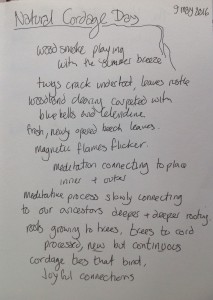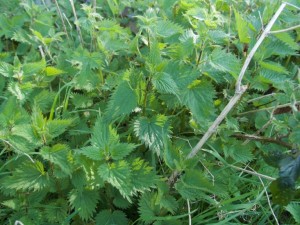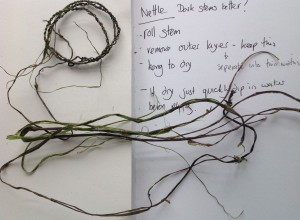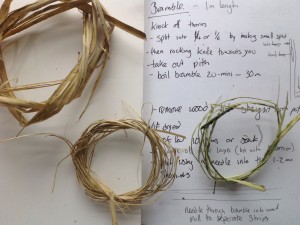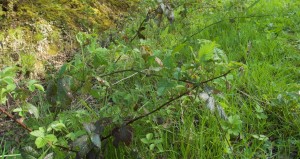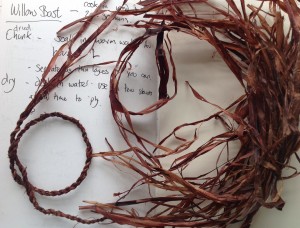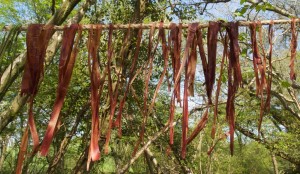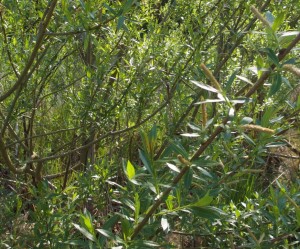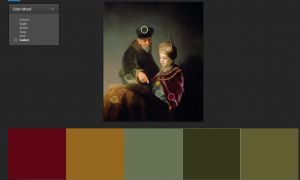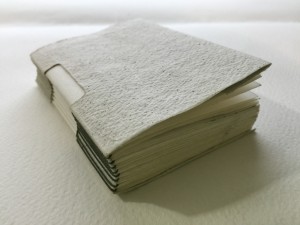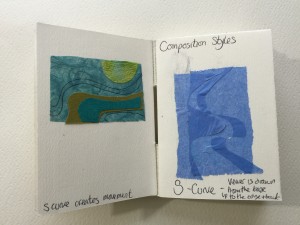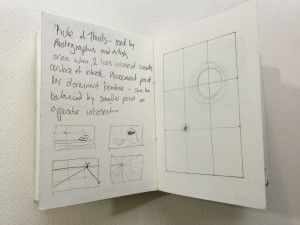I have just spent the most amazing day on a natural cordage course, beautifully delivered by the very talented Ruby Taylor . Ruby makes vessels amongst other things and the baskets and pots that she displayed for us to have a look at were so inspiring in the way that they had such a powerful presence. I wrote a word steam to try to express the emotive quality of her work. Seeing them in nature, surrounded by their ingredients was an important part of their aura, I wrote ; integrity, alive, connection, delicate, powerful honest.
My interest in natural cordage stems from a need to tread lightly, my magpie eyes are constantly alert for materials with a small footptint, I definetly came to the right place in this magical forest clearing.
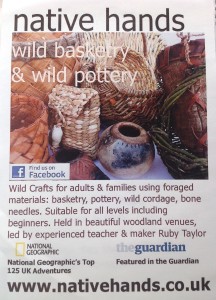
Ruby has created an incredible space in the woodland of Sussex and respectfully requested keeping phone turned off and photos to a minimum.
After a beautiful welcoming meditation I was more than happy to immerse myself in nature and leave technology behind. So not many photos, this is what I wrote when I floated back and gives quite a good snapshot of the day…
By the end of the day I felt so strongly connected to our ancestors, the first cord discovered by archaeologists is 90000 years old and we have being using it varying ways ever since. It felt so natural to be working in nature, I couldn’t help but reflect that our 21st century discoveries in technology – polluting and political aren’t perhaps advances at all.
During the workshop I focused on preparing materials so that I can make more, low impact natural cordage at a later date and perhaps experiment with it in different ways.
Thank you Ruby for such an inspiring day.
Save

